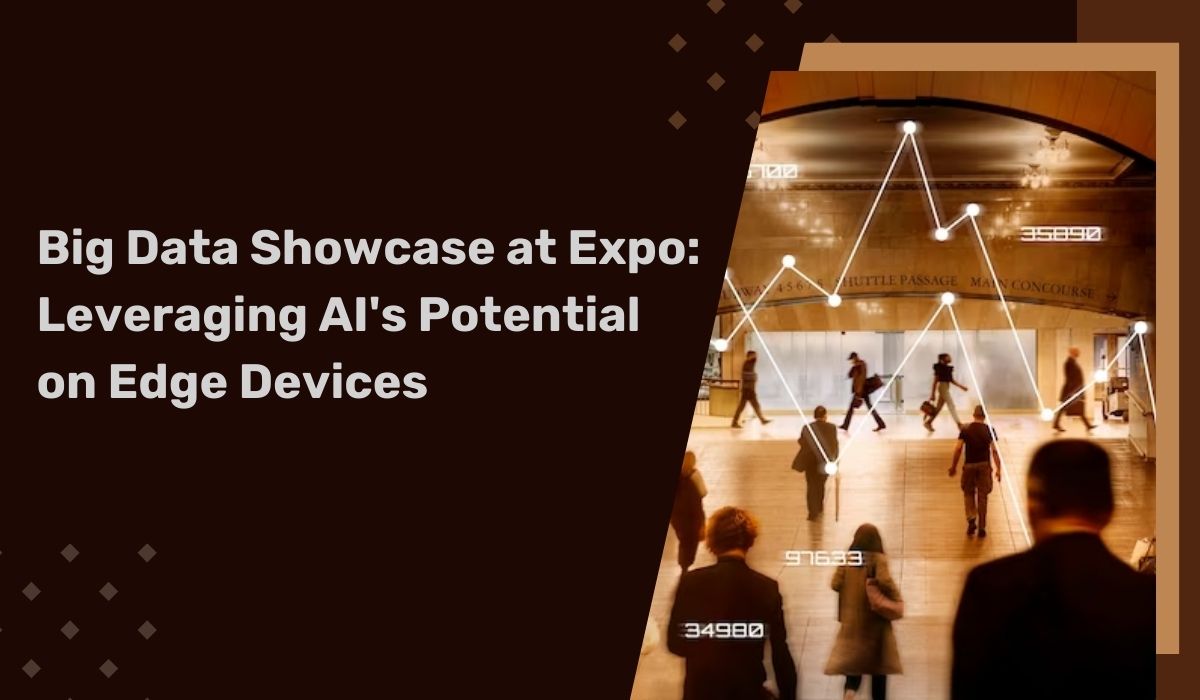
Ryan, a seasoned senior editor at TechForge Media, boasting over a decade of experience in the tech realm, has been a consistent presence at major tech conferences. With a penchant for all things geeky, he's often found navigating these events with a laptop in one hand and a strong cup of coffee in the other. Stay updated on his tech adventures via Twitter (@Gadget_Ry) or Mastodon (@[email protected]).
In an exclusive interview at the AI & Big Data Expo, Alessandro Grande, the Head of Product at Edge Impulse, delved into the challenges surrounding the development of machine learning models for resource-constrained edge devices. Grande shared insights into the hurdles faced by companies, including optimal data collection strategies, a scarcity of AI expertise, and communication barriers between hardware, firmware, and data science teams.
Grande pinpointed three primary challenges hindering the adoption of edge AI: optimal data collection strategies, a lack of AI expertise among companies, and communication barriers between teams. He emphasized the importance of minimizing required sensor data and selecting efficient neural network architectures. Edge Impulse aims to empower engineers by providing an end-to-end development platform that seamlessly integrates with major cloud and ML platforms, allowing for pre-deployment validation and verification.
Grande showcased the transformative potential of on-device intelligence, citing examples like the Oura Ring's sleep tracking capabilities. He envisioned a future where on-device AI enhances daily life by interpreting sensor inputs, offering actionable suggestions, and providing responsive experiences. Overcoming current obstacles is key to unlocking the full potential of AI on edge devices, as highlighted by Grande and other leading experts at this year's AI & Big Data Expo. The goal is to create devices that are not just data-centric but genuinely useful, ushering in a new era of technology that significantly improves the quality of life.